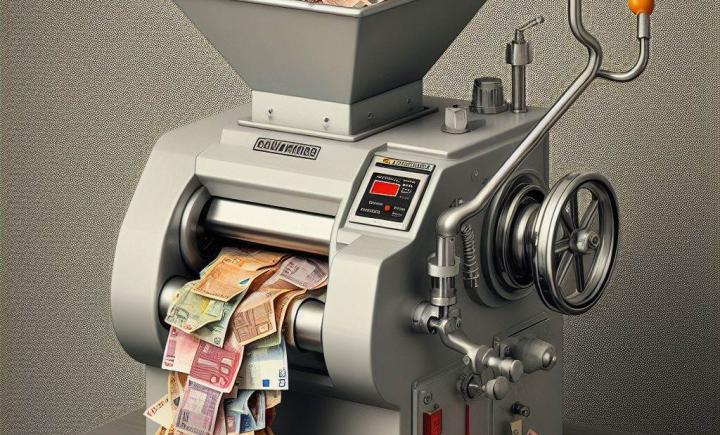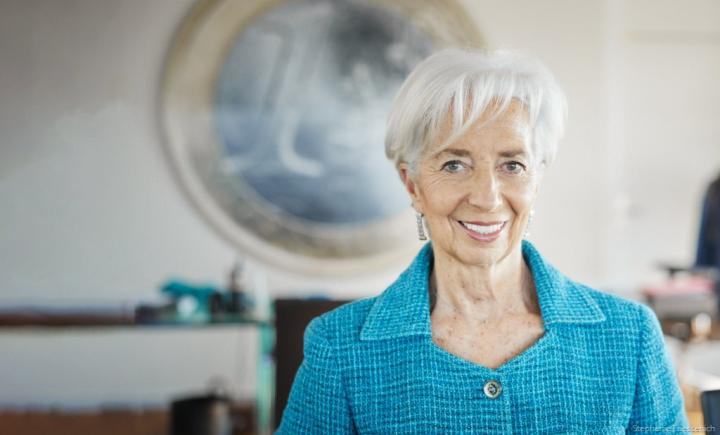A truly singular currency turns 25

Twenty-five years on, the euro is standing tall and contributing to the stability of the European and global economies. While it faced some headwinds in the wake of its tenth anniversary and its governance required far-reaching reforms, use of the euro has grown steadily. It is now the official currency in 20 of the 27 member states of the European Union and is increasingly appreciated by the 345 million inhabitants of the euro area.
To mark the euro’s 25th anniversary, the NBB is publishing a series of articles looking back at its history and some key themes. We begin by examining the origins of this truly singular currency.
The birth of a monetary utopia
The idea of a single European currency dates back to the late 1960s, when the heads of state and government of what was then the European Economic Community (EEC) asked Pierre Werner, the prime minister of Luxembourg, to draw up a plan for “economic and monetary union” (EMU). The Werner report, issued in October 1970, asserted that “the Community currencies [should] be guaranteed full and irreversible reciprocal convertibility, [...] with unchanging parity ratios or, preferably, [should] be replaced by a single Community currency”.
A double challenge
The stakes were twofold: on the one hand, competitive devaluations between European countries had to be definitively ruled out in order to prevent them from “exporting” unemployment to their trading partners. A currency union was thus seen as a safeguard against monetary frictions on the Old Continent. On the other hand, the aim was to promote trade in goods and services as well as investment by eliminating the transaction costs and uncertainties inherent in exchange rate fluctuations between European currencies. By strengthening the economic and financial stability of participating countries, monetary unification would support growth, employment, and political cohesion.
Faced with the international monetary crisis that followed the 1971 collapse of the Bretton Woods system, the initial plan failed. But initiatives aimed at stabilising intra-European exchange rates multiplied, with varying degrees of success: in 1972, the “snake in the tunnel” was introduced, then replaced in 1979 by the European Monetary System. The latter introduced explicit mechanisms for national monetary policy cooperation.
A natural counterpart to the single market
The signing of the Single European Act in 1986 - which set the objective of completing the internal market by the end of 1992 - gave fresh impetus to work on monetary unification. A single currency was seen as the natural counterpart to the removal of all obstacles to the free movement of capital, workers, goods and services. It is indeed impossible to reconcile the free movement of capital and exchange rate stability with a system of monetary policies pursued independently by each country.
In 1989, the Delors Report, named after Jacques Delors, then president of the European Commission, laid the foundations for the euro and defined the transition to Economic and Monetary Union (EMU) as a three-phase process. Based on the Delors Report, the Maastricht Treaty of December 1991 ratified the creation of EMU and defined several “convergence criteria” as prerequisites for participation in monetary union: a stable exchange rate, low inflation, low interest rates and sustainable public finances (the notorious limits on public deficit and public debt of 3% and 60% of GDP, respectively). Countries wishing to be founding euro area members had to meet these conditions by the end of 1997 at the latest. The purpose of these entrance criteria, which continue to apply to aspiring members of the euro area, is to test their commitment to preserving and capacity to safeguard the economic and financial stability of their economies and that of the euro area as a whole.
A single currency and a single monetary policy
After just under a decade of preparation, the euro was introduced on 1 January 1999 as legal tender in 11 EU member states (Belgium, the Netherlands, Luxembourg, Germany, France, Austria, Spain, Italy, Portugal, Ireland and Finland). The exchange rates of the participating national currencies were then irrevocably fixed (with the national currency units henceforth being no more than an expression of the euro) and responsibility for a single monetary policy entrusted to the European Central Bank.
This was the first time that sovereign states had relinquished their monetary sovereignty on such a large scale. And with the creation of the euro, Europeans set a historic precedent: a supranational currency issued by a common central bank.
Somewhat paradoxically, however, Belgium regained somewhat of a say over monetary policy through its participation in the union. From 1990 onwards, its monetary policy had been entirely focused on pegging the Belgian franc to the German mark. This alignment was intended to “import” some of the Bundesbank’s robust credibility in terms of price stability. Thus, in practice, the National Bank of Belgium mechanically followed its German counterpart when it came to monetary policy, and Belgium had de facto already given up its monetary independence. While far from restoring this independence, the introduction of the euro nevertheless allowed the NBB to participate in monetary policy decision-making for the currency union.
Although the euro has existed on the monetary, foreign exchange and financial markets since 1999, it didn’t fully become a reality for the general public until 1 January 2002, when euro notes and coins entered circulation and definitively replaced the national currencies in the twelve participating countries (Greece having joined the group in the meantime).
In our next article on the single currency, we’ll look at the euro’s growing pains and see how, echoing the initial scepticism of many observers, the euro crisis cruelly revealed design flaws in the euro area.






